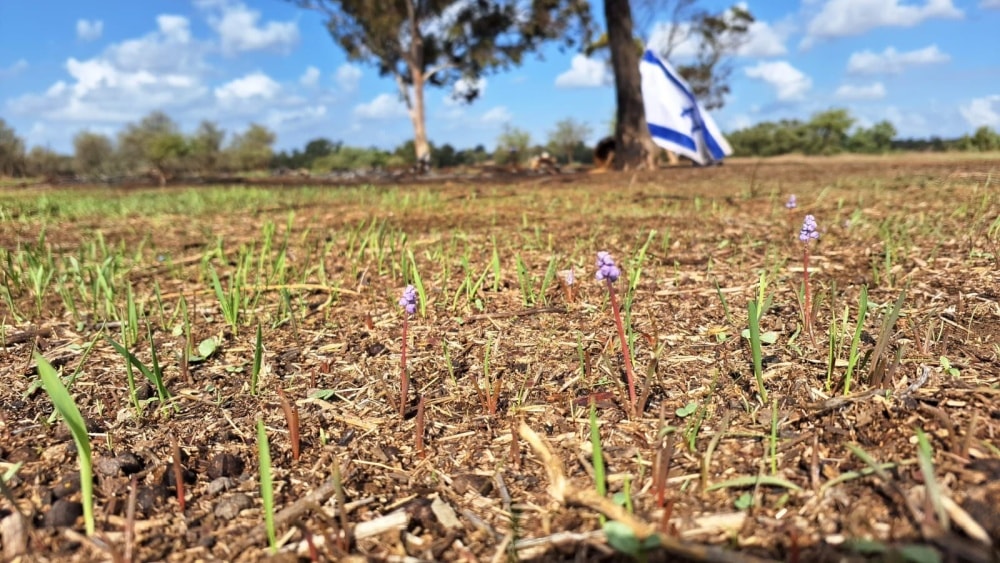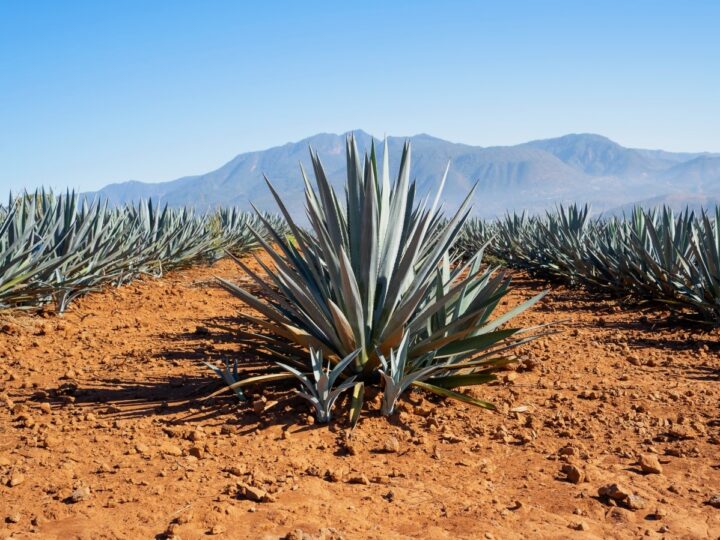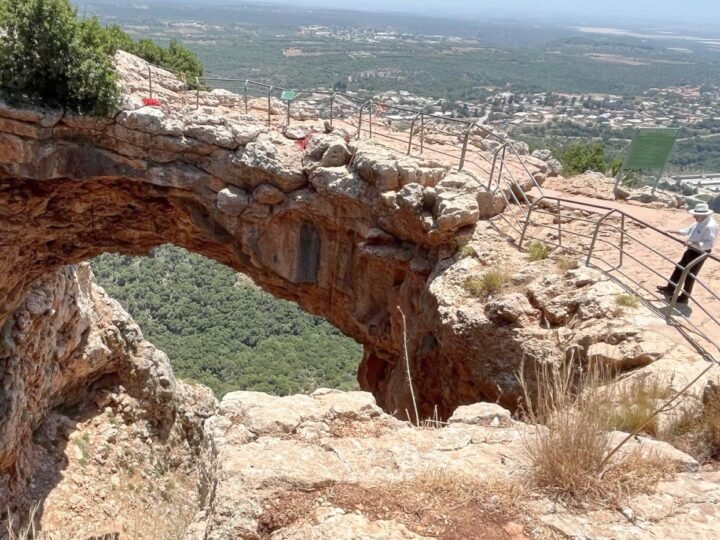Just after sunrise on October 7, hundreds of Hamas terrorists from Gaza stormed the Supernova music festival in southern Israel’s Re’im Forest via paragliders, trucks and motorcycles.
They turned the peaceful celebration of love, nature and electronic dance music into a bloodbath, slaughtering 347 festivalgoers and 17 police officers and taking an estimated 40 people hostage.
Last week, a symbol of hope and renewal blossomed in the killing fields: new life in the form of autumn wildflowers.
“One of the most exciting things is to see the regeneration of nature in one of the greatest disaster areas that the State of Israel has known,” said Amir Balaban, director of Urban Nature Conservation for the Society for the Protection of Nature in Israel (SPNI).
Balaban took SPNI members on a tour of Re’im Forest and Shokeda Forest, both on the Gaza border and both well known for their spectacular desert wildflowers.
Recent rains coaxed the season’s first funnel-shaped Steven’s meadow saffron and baby’s breath (rain bells) into view above the ground that was desecrated by murder less than two months ago.
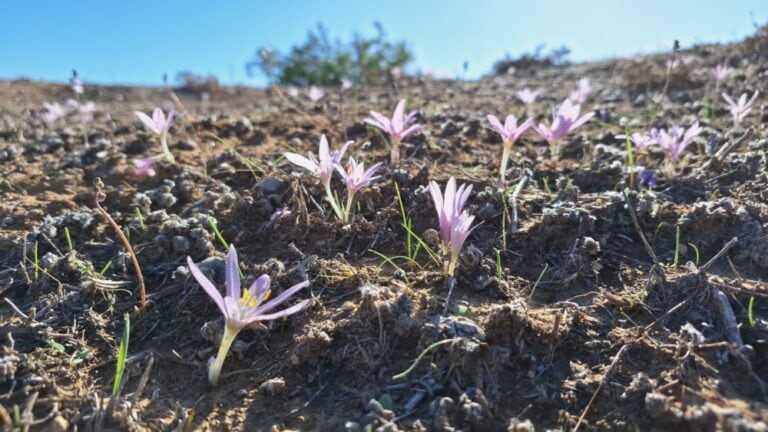
Both of these flower varieties are geophytes, meaning they are perennials that grow from a bulb that holds energy and water underground. Geophytes can withstand significant stress, such as fires and floods.
“Although nature cannot repair what has happened, it is able to assist in healing and recovery,” said Balaban.
The appearance of the first autumn flowers, he said, is “a special and exciting sight, which evokes thoughts of the future. The rain and the regenerating nature definitely give a feeling of hope.”
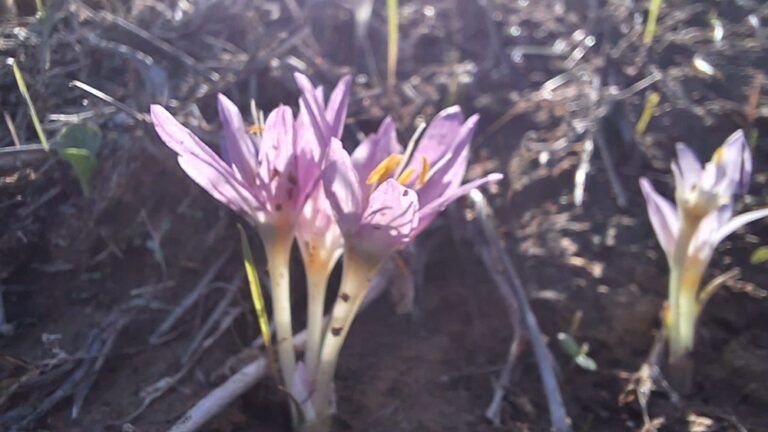
The flowers kick off the year’s natural rhythm as they provide nectar for bees, butterflies and other pollinators that undergo a new hatching cycle in the autumn.
In fact, thousands of migrating tiger (Danae) butterflies have been spotted over the past week in the Gaza border communities as well.
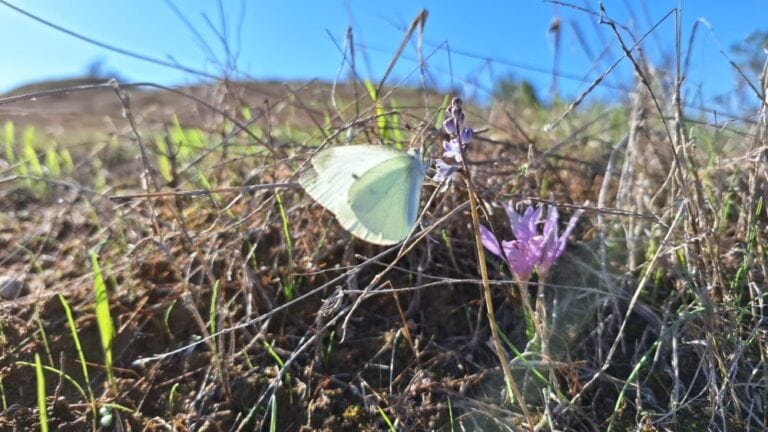
Across the Negev, flowers pop up throughout the rainy season – October to March — including squills, daffodils, cyclamens, anemones and irises. Ordinarily, Israelis flock to these areas on weekends but right now the Re’im and Shokeda forests are closed military zones.
“We all hope that a lot of rain will fall in this area, which will clean and nourish the area and allow the residents to return and restore their lives here, and also for the Israeli travelers to be able to return and travel in peace and security,” said Balaban.




